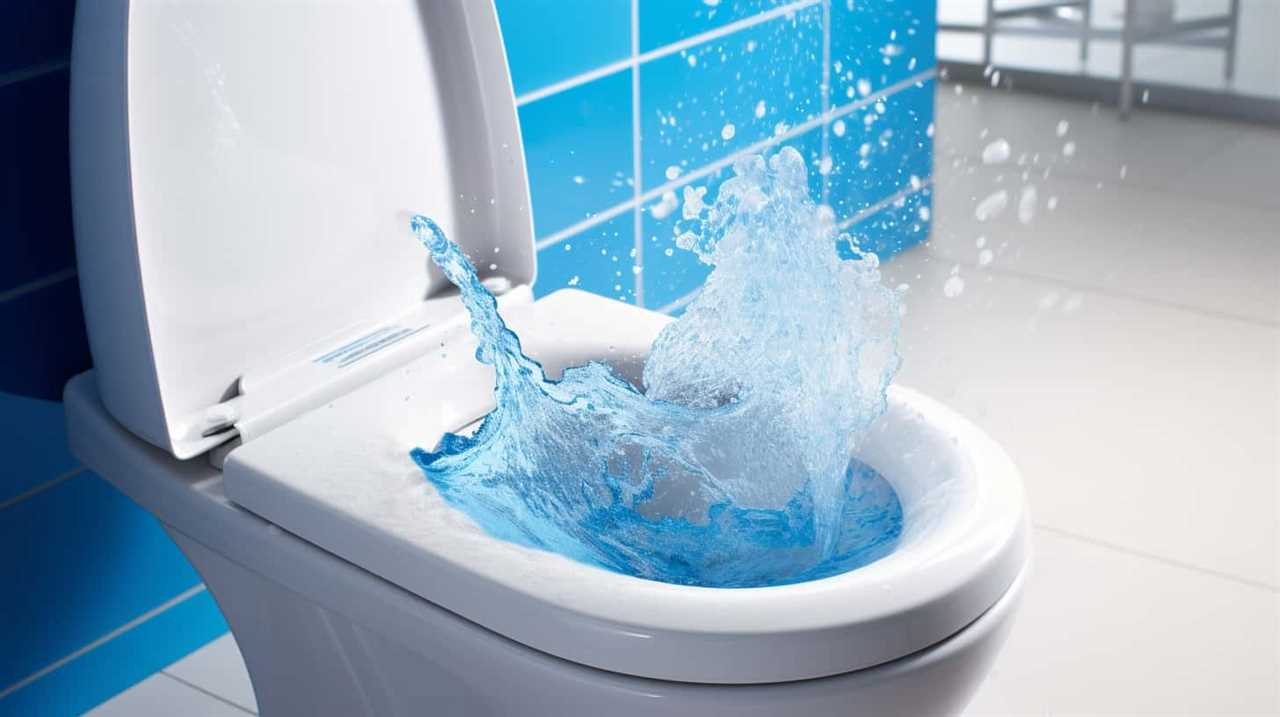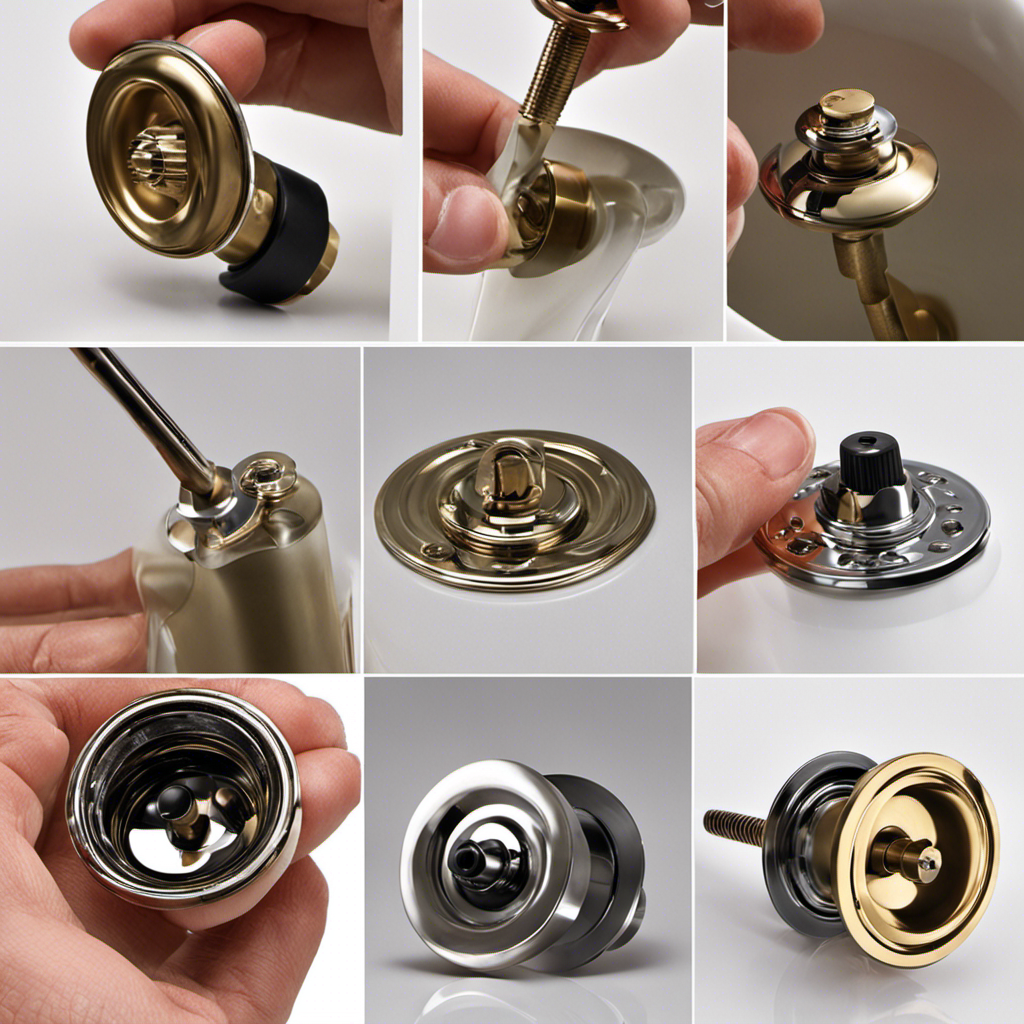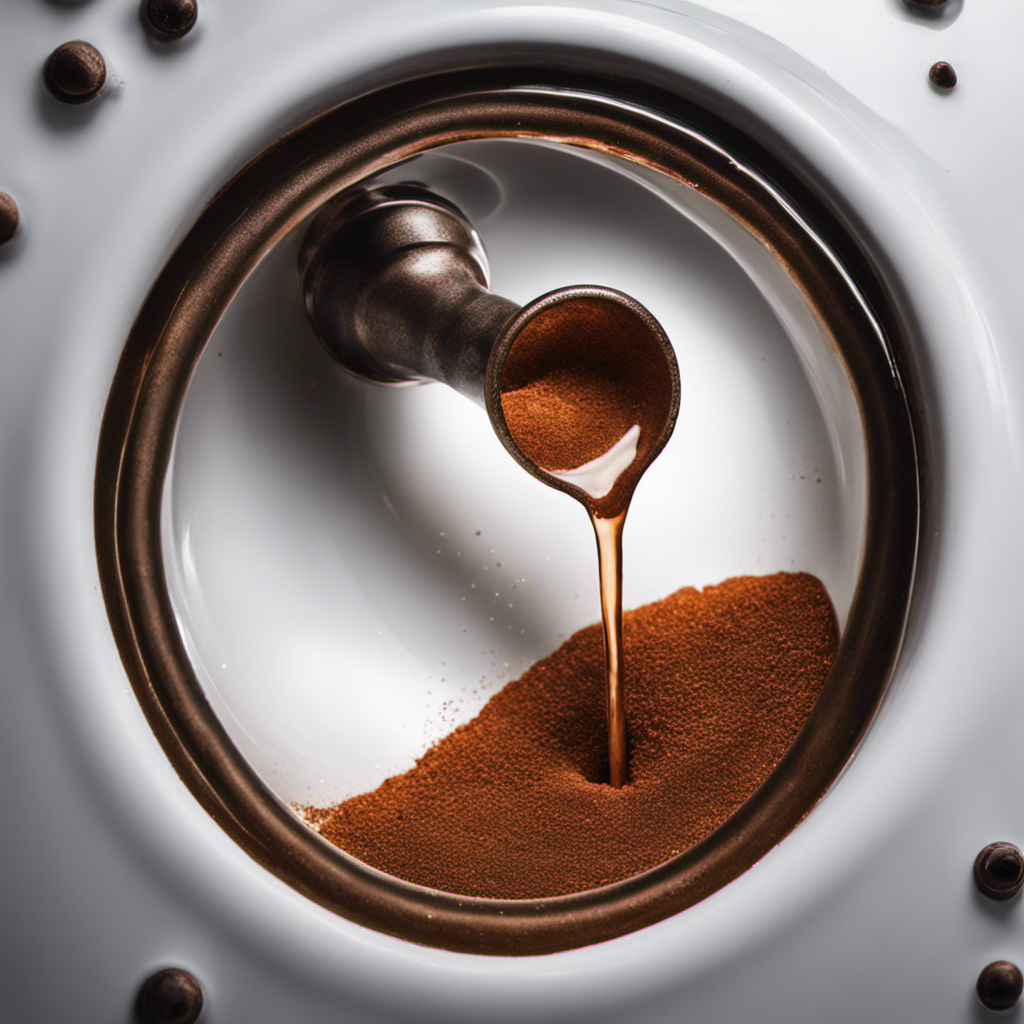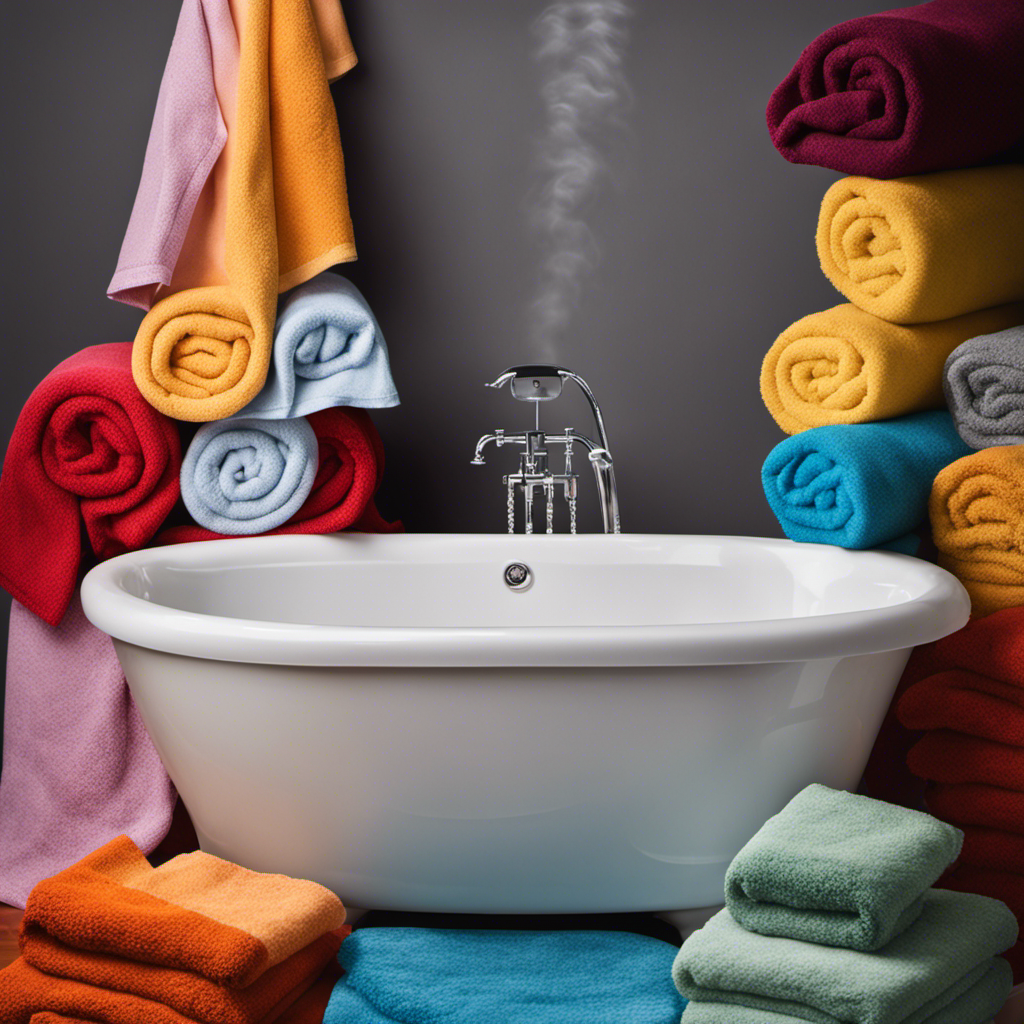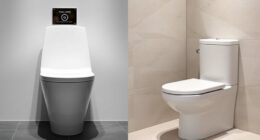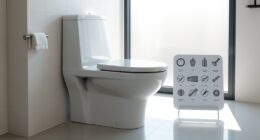Did you know that millions of pads are flushed down the toilet every day? But is it really okay to do so?
In this article, we will explore the environmental impact of flushing pads, potential plumbing problems, and alternatives to consider. We will also discuss proper disposal methods to help you make an informed decision.
So, let’s dive in and discover the facts about flushing pads down the toilet.
Key Takeaways
- Flushing pads down the toilet can lead to serious issues in waste management.
- Improper disposal of pads can result in costly repairs and maintenance for the plumbing system.
- Flushed pads can cause blockages and overflows in sewage treatment plants.
- Chemicals and materials used in pads can contribute to water contamination.
Environmental Impact of Flushing Pads
The environmental impact of flushing pads down the toilet is significant and shouldn’t be overlooked. Improper disposal of pads can lead to serious issues in waste management and water contamination. When flushed, pads can clog the plumbing system, resulting in costly repairs and maintenance.
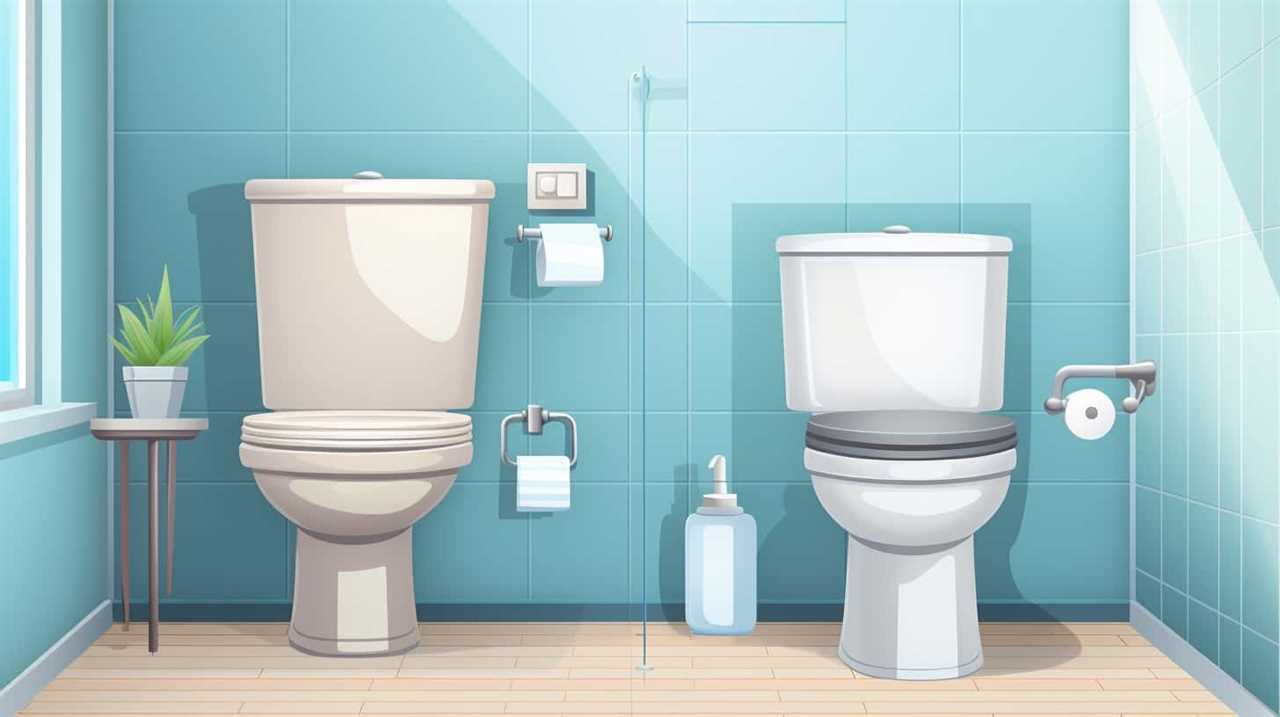
Moreover, they can end up in sewage treatment plants, where they aren’t designed to be processed. This can cause blockages, leading to overflows and potential damage to the environment.
Additionally, the chemicals and materials used in pads can contribute to water contamination. These substances can leach into water bodies, affecting aquatic life and potentially entering the human food chain.
It’s crucial to raise awareness about proper disposal methods to minimize the environmental impact of flushing pads down the toilet.
Potential Plumbing Problems
We’ve experienced some potential plumbing problems when flushing pads down the toilet. Flushing pads can lead to costly repairs as they can clog pipes and cause blockages. When pads are flushed, they can get stuck in the plumbing system, leading to backups and slow draining. This can result in the need for professional assistance to clear the blockage, which can be expensive.
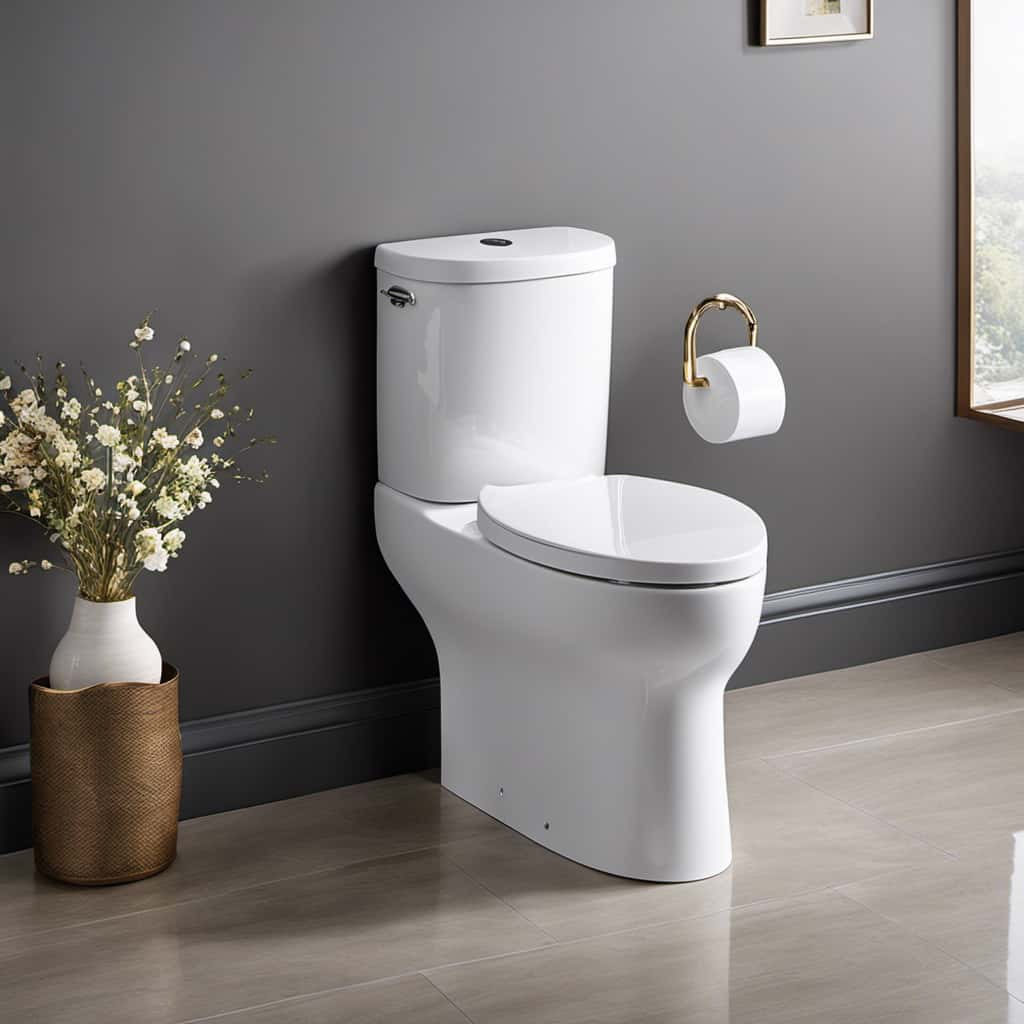
Additionally, clogged pipes can pose health risks. The accumulation of waste material can create a breeding ground for bacteria and other microorganisms, which can contaminate the water supply and cause illnesses. These health risks can be avoided by properly disposing of pads in the trash instead of flushing them down the toilet.
Alternatives to Flushing Pads
One alternative to flushing pads down the toilet is to dispose of them in the trash. This is a simple and convenient method that eliminates the risk of clogging your plumbing system.
However, if you’re looking for more sustainable options, there are reusable pads and biodegradable alternatives available in the market.
Reusable options, such as cloth pads or menstrual cups, are environmentally friendly alternatives to disposable pads. They can be washed and reused, reducing waste and saving money in the long run. These options are made from materials that are gentle on the skin and can be easily cleaned for continued use.

On the other hand, if you prefer disposable pads, you can opt for biodegradable alternatives. These pads are made from materials that break down naturally over time, reducing their environmental impact. Look for pads that are labeled as biodegradable or made from organic and sustainable materials.
Consider these reusable and biodegradable options as a more eco-friendly and responsible way to manage your menstrual needs.
Proper Disposal Methods for Pads
Proper disposal of pads requires careful consideration to ensure environmental responsibility. When it comes to safe disposal, here are three options to consider:
- Wrap and dispose: After use, wrap the pad in a biodegradable bag or toilet paper before disposing of it in a waste bin. This prevents direct contact with waste and reduces odor.
- Incineration: Some pads are made from materials that can be safely incinerated. Check the packaging for information on whether the pad is suitable for this method. Ensure proper ventilation when using this method.
- Biodegradable options: Look for pads made from biodegradable materials, such as organic cotton or bamboo fibers. These pads break down naturally over time, reducing their environmental impact.
Conclusion: Making an Informed Decision
To make an informed decision about the proper disposal of pads, let’s consider the environmental impact and personal preferences.
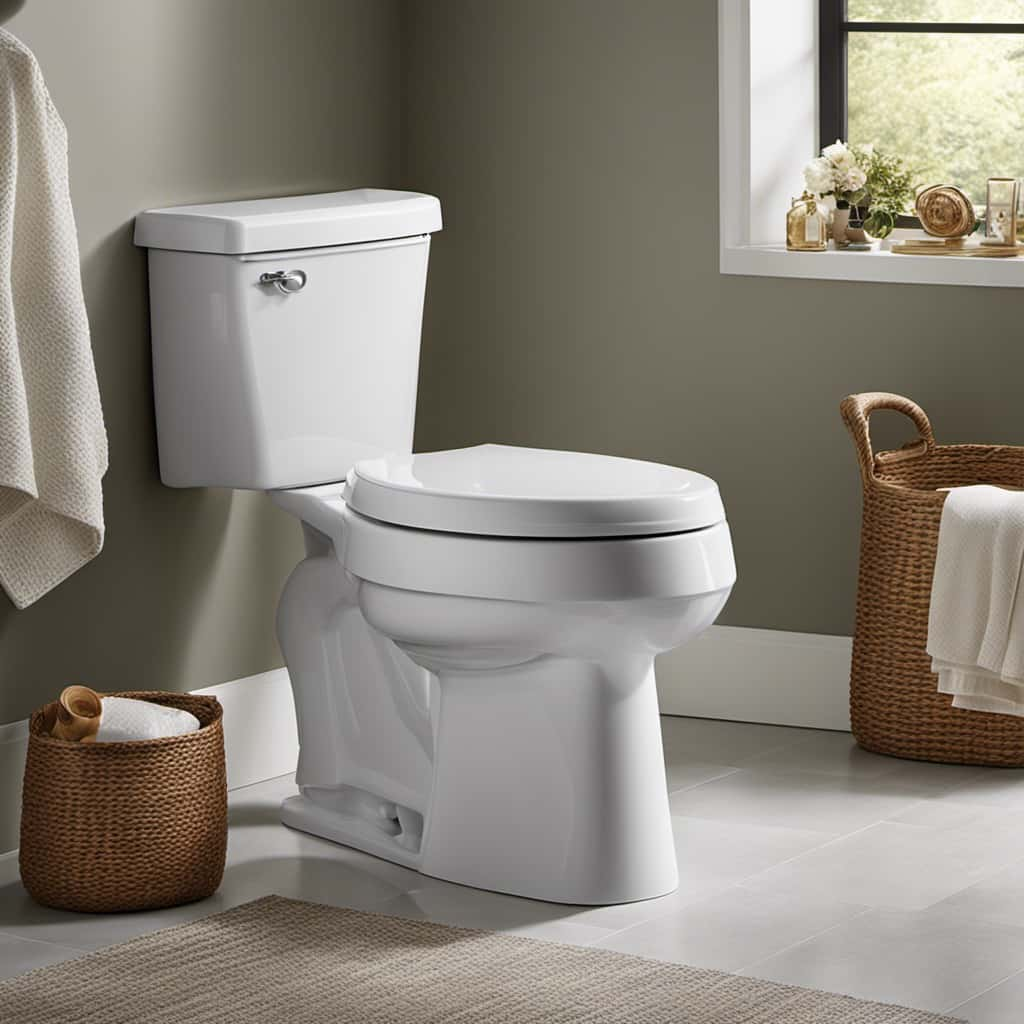
It’s important to understand the risks associated with flushing pads down the toilet. Flushing pads can lead to clogged pipes and sewer backups, causing damage to the plumbing system and the environment. Additionally, pads can contain harmful chemicals and materials that can contaminate water sources if they aren’t properly treated at wastewater treatment plants.
It’s crucial to make informed choices and opt for proper disposal methods such as wrapping pads in a plastic bag and disposing of them in a trash bin. By understanding the risks and making conscious decisions, we can protect our plumbing systems, prevent environmental contamination, and ensure the well-being of our communities.
Frequently Asked Questions
Are There Any Health Risks Associated With Flushing Pads Down the Toilet?
There are health risks associated with flushing pads down the toilet. It can cause blockages in the plumbing system and lead to environmental pollution. It’s important to dispose of pads properly in designated bins.
Can Flushing Pads Down the Toilet Cause Damage to Septic Systems?
Flushing pads down the toilet can potentially cause damage to septic systems, leading to costly repairs. Additionally, it has a negative environmental impact, contributing to clogged pipes and pollution in water bodies.

Are There Any Negative Effects on Marine Life From Flushing Pads?
Flushing pads down the toilet can have negative impacts on marine ecosystems. The environmental consequences include pollution, harm to marine life, and disruption of the natural balance. It is not recommended.
What Are Some Alternatives to Flushing Pads Down the Toilet?
Reusable options like menstrual cups and cloth pads are environmentally friendly alternatives to flushing pads down the toilet. They not only reduce waste, but also save money in the long run.
How Can I Properly Dispose of Pads if I Choose Not to Flush Them?
Proper disposal of pads is essential for the environment. There are many environmentally friendly options available, such as wrapping them in newspaper or using biodegradable disposal bags.
Conclusion
In conclusion, it isn’t okay to flush pads down the toilet due to their negative environmental impact and potential plumbing problems. Instead, consider using alternative methods such as wrapping them in toilet paper and disposing of them in a sanitary bin.

One real-life example is a case study where a clogged toilet caused by flushed pads led to expensive repairs and inconvenience for the homeowner.
Let’s make an informed decision and protect both our environment and plumbing systems.
